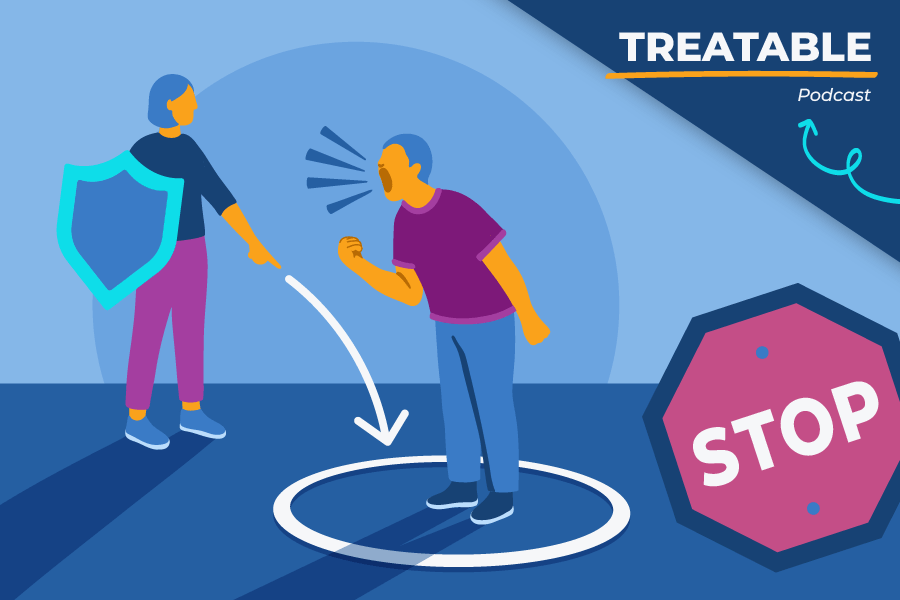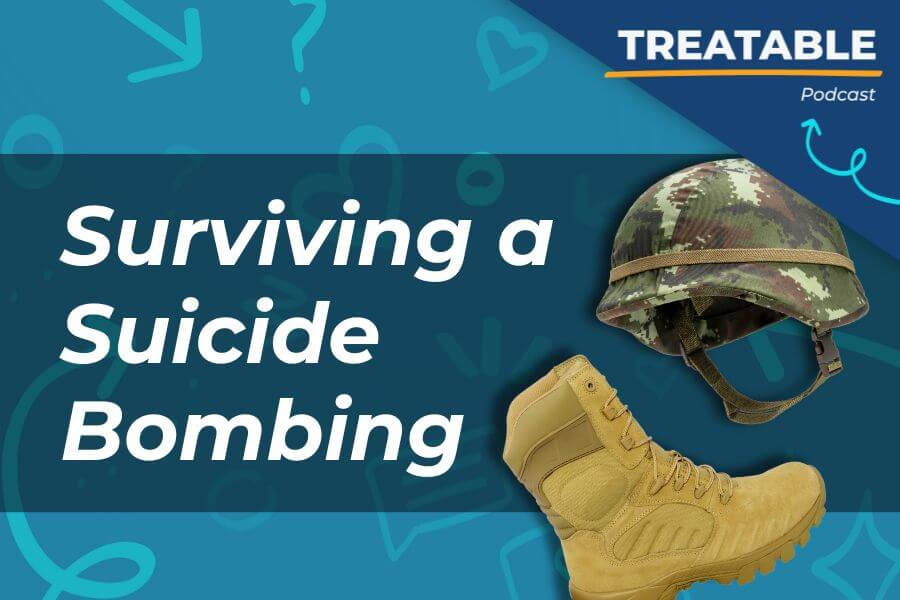If you’ve ever been in a relationship, chances are you’ve heard the term boundaries. But what exactly is a boundary? Is it a statement or a demand you make of someone, a belief you hold, or something else entirely?
More importantly, why do we need boundaries?
Can they truly help us foster better connections with people? In today’s blog post, we are diving into these questions answered by Dr. Catherine G. Cleveland, a licensed mental health counselor and author.
Defining Boundaries
When explaining boundaries, it’s essential to simplify the concept for everyone to understand, including children.
Dr. Cleveland explains, “Boundaries are pretty much what we’re okay with and what we’re not okay with. They are our values and are important because they help us have better relationships with ourselves and with other people.”
They are like lines in the sand that we draw between ourselves and the rest of the world. On one side of the line are things we’re okay with, and on the other side are things we’re not okay with.
How and where we draw these lines are determined by our personal values.
Core Values and Boundaries
Understanding one’s core values is crucial to defining boundaries.
Often, people have not deeply thought about what their values are.
Dr. Cleveland emphasizes the importance of taking the time to sit down and figure out these values because having clear values is a stepping stone to establishing well-defined boundaries.
Implementing Boundaries
Natural Process
When working with people on setting boundaries, Dr. Cleveland highlights that the process often starts with identifying things people are not okay with, which usually surfaces when they are upset about something.
For instance, if someone is continually calling you late at night, you might feel frustration, leading you to recognize the need to set a boundary.
Boundaries Beyond People
Boundaries are not just confined to interpersonal relationships; they also apply to work-life balance and other areas of life.
For example, someone might realize they need boundaries with their employees or even with themselves, like maintaining a regular sleep schedule.
Communicating Boundaries
Using “I” Statements
When communicating boundaries, it is essential to use “I” statements instead of “You” statements. For instance, saying, “I’m feeling frustrated when you call me at 10 PM because my sleep is important to me,” is more effective and kind compared to, “Why are you always bothering me at 10 PM?” The former clearly states your boundary without attacking the other person.
Being Consistent
Consistency is key to maintaining boundaries. If you’re inconsistent, others might get confused about what your true boundaries are.
The Four Essential Pillars of Boundaries
Dr. Cleveland outlines the four essential pillars of setting boundaries in her book, The Four Essential Pillars of Boundary Setting. Here they are:
Pillar 1: Values
Understanding what you are okay with and what you are not okay with. This foundational step often involves deep introspection into one’s beliefs and values.
Pillar 2: Boundaries
Using your values to decide what specific boundaries you need to have in place, either for yourself or with other people.
Pillar 3: Consequences
Understanding the consequences of not having boundaries. If you set a boundary with someone, there need to be clear consequences for crossing it. With personal boundaries, the consequences are often naturally occurring.
Pillar 4: Emotions and Sabotage
Navigating the emotions that come up, such as guilt and shame, which can sabotage the process of setting boundaries.
Dr. Cleveland stresses that feelings of guilt often arise from the perceived notion of doing something wrong when setting personal boundaries.
It is crucial to differentiate between real guilt and perceived guilt.
The Connection Between Boundaries and Goals
Boundaries and goals are interconnected. While goals have specific endpoints, boundaries are ongoing and flexible frameworks that support achieving those goals.
Examples of Boundaries
Concrete Boundaries
Example: If someone cheats on you or abuses you, the consequence could be ending the relationship.
Flexible Boundaries
Example: Adjusting your sleep schedule based on new job requirements without compromising your overall well-being.
Signs You Might Need to Set Boundaries
Dr. Cleveland advises paying attention to feelings of anger, frustration, and anxiety as these emotions often signal the need for better boundaries.
Living your life according to what you think you should be doing, rather than what aligns with your inner values, is another sign that boundaries need to be set or adjusted.
Conclusion
Boundary setting is an ongoing process requiring introspection, clear communication, consistency, and flexibility.
Dr. Cleveland’s insights and her book The Four Essential Pillars of Boundary Setting provide practical strategies to help individuals improve their relationships and overall well-being.
To learn more about boundary setting and other mental health topics, check out Dr. Cleveland’s book and websites, clevelandemotionalhealth.com and catherinegcleveland.com.
And always remember that the process of setting and maintaining boundaries is a journey towards a healthier and more fulfilling life.
Reference:
- Book: The Four Essential Pillars of Boundary Setting by Dr. Catherine G. Cleveland
- Websites: clevelandemotionalhealth.com and catherinegcleveland.com
Please note that mental health is a serious issue that may require professional help. Don’t hesitate to reach out to a licensed mental health counselor if you need support.




